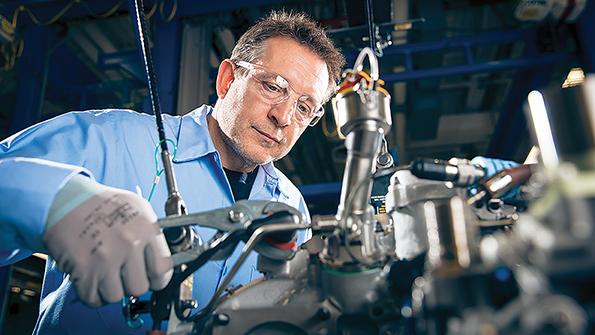Recovery For Commercial Aftermarket May Be Prolonged

Reports from commercial aftermarket suppliers show the sector’s initial slide was less severe than expected, but that its recovery may be prolonged due to continued global airline uncertainty linked to the novel coronavirus pandemic.
While the five MRO categories—airframes, engines, components, modifications, and line maintenance—will likely recover at different paces, a general consensus is forming around the challenge facing the aftermarket as a whole. Data points from several suppliers that have reported quarterly earnings suggest an aggregate, year-over-year commercial aftermarket decline of about 50% in the second quarter.
The sharp drop aligned with global airline capacity reductions that saw more than 50% of the fleet sidelined at the height of the pandemic. On April 18, 14,200 air transport aircraft, or about 54% of the total fleet, were either parked or operating a significantly restricted schedule defined as flying not more than two days in the previous seven, the Aviation Week Network Fleet Discovery database shows. By July 22, the total was down to 6,700, as airlines slowly added flights.
But a recent resurgence of COVID-19 cases in several regions is disrupting the recovery, as travel restrictions grow and demand for travel falls.


